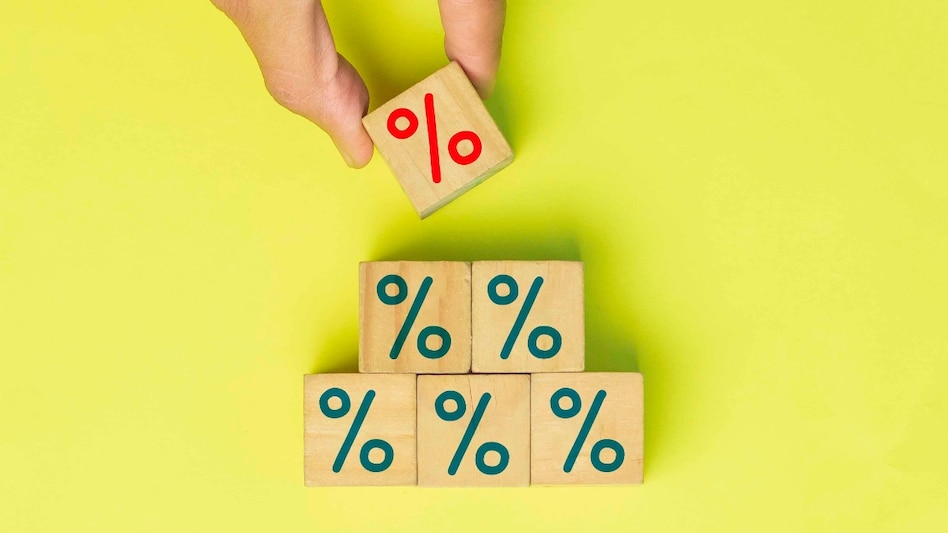 Investors in these bonds will receive interest payments semi-annually, specifically on January 1 and July 1.
Investors in these bonds will receive interest payments semi-annually, specifically on January 1 and July 1.
 Investors in these bonds will receive interest payments semi-annually, specifically on January 1 and July 1.
Investors in these bonds will receive interest payments semi-annually, specifically on January 1 and July 1.The Reserve Bank of India (RBI) has announced that the interest rate for its Floating Rate Savings Bonds will remain at 8.05% for the period from July to December 2025. This rate continues unchanged from the previous January-June 2025 period. The interest rate for these bonds is linked to the National Savings Certificate (NSC) rates, providing an additional 0.35% over the NSC rates.
Investors in these bonds will receive interest payments semi-annually, specifically on January 1 and July 1. However, the interest earned is taxable, and a Tax Deducted at Source (TDS) applies if the annual interest exceeds Rs 10,000. These bonds, issued as part of the RBI's Floating Rate Savings Bond 2020 (Taxable) scheme, have a tenure of seven years. As per the RBI, "RBI floating rate bond has a tenure and lock-in period of seven years." Individual investors aged 60 and above have the opportunity for premature encashment, although this is subject to specific conditions. The bonds are repayable at the end of the seven-year period, with lock-in periods varying by age category: six years for those aged 60-70, five years for those aged 70-80, and four years for those aged over 80.
The interest structure of the RBI Floating Rate Savings Bonds is directly tied to NSC rates; hence, any change in NSC rates affects these bonds. With no recent changes in small savings schemes' rates, including the NSC, Public Provident Fund (PPF), and Senior Citizen Savings Scheme (SCSS), the interest rate on these bonds remains stable. The bonds are a viable option for investors seeking steady returns, particularly amid fluctuating market conditions. Moreover, the stability offered by these bonds makes them an attractive choice for those looking to secure their investments against market volatility.
The bonds offer investors flexibility in terms of investment limits, with a minimum required subscription of Rs 1,000 and no maximum cap. Despite this, investors are not permitted to borrow against these bonds. The structure is designed to cater to a broad range of investors, providing a secure long-term investment option. However, it is important to note that "50% of interest due and payable for the last six months of the holding Period will be recovered in such cases," referring to premature encashment by eligible investors. This condition underscores the need for investors to plan their finances carefully before opting for early redemption.
The government on June 30 decided to keep interest rates unchanged for popular small savings schemes such as the Public Provident Fund (PPF), National Savings Certificate (NSC), Senior Citizen Savings Scheme (SCSS), and others, as announced on June 30, 2025. These rates will remain in effect for the July–September quarter of the 2025-26 financial year.
According to a circular issued by the Department of Economic Affairs under the Ministry of Finance, starting July 1, 2025, the interest rates on small savings schemes will be as follows: PPF at 7.10%, NSC at 7.7%, SCSS at 8.2%, and Sukanya Samriddhi Yojana (SSY) at 8.20%.
Despite the Reserve Bank of India (RBI) reducing the repo rate by 1%, the government has opted not to lower interest rates on these schemes. This move likely comes as a relief to savers and households who rely heavily on small savings instruments for securing their future financial needs. Meanwhile, banks have already cut fixed deposit rates in response to the repo rate reduction. Had the government also reduced rates on small savings schemes, it could have significantly affected the returns earned by millions of savers and households.
Overall, the continuity of the 8.05% interest rate on the RBI Floating Rate Savings Bonds for the latter half of 2025 offers stability for investors. These bonds continue to be an attractive proposition in the savings market, especially for those seeking relatively higher returns with the security of government backing. Investors should remain aware of tax implications and the conditions for early redemption to optimise their investment strategy effectively. Additionally, understanding the terms of these bonds can help investors make informed decisions that align with their financial goals.